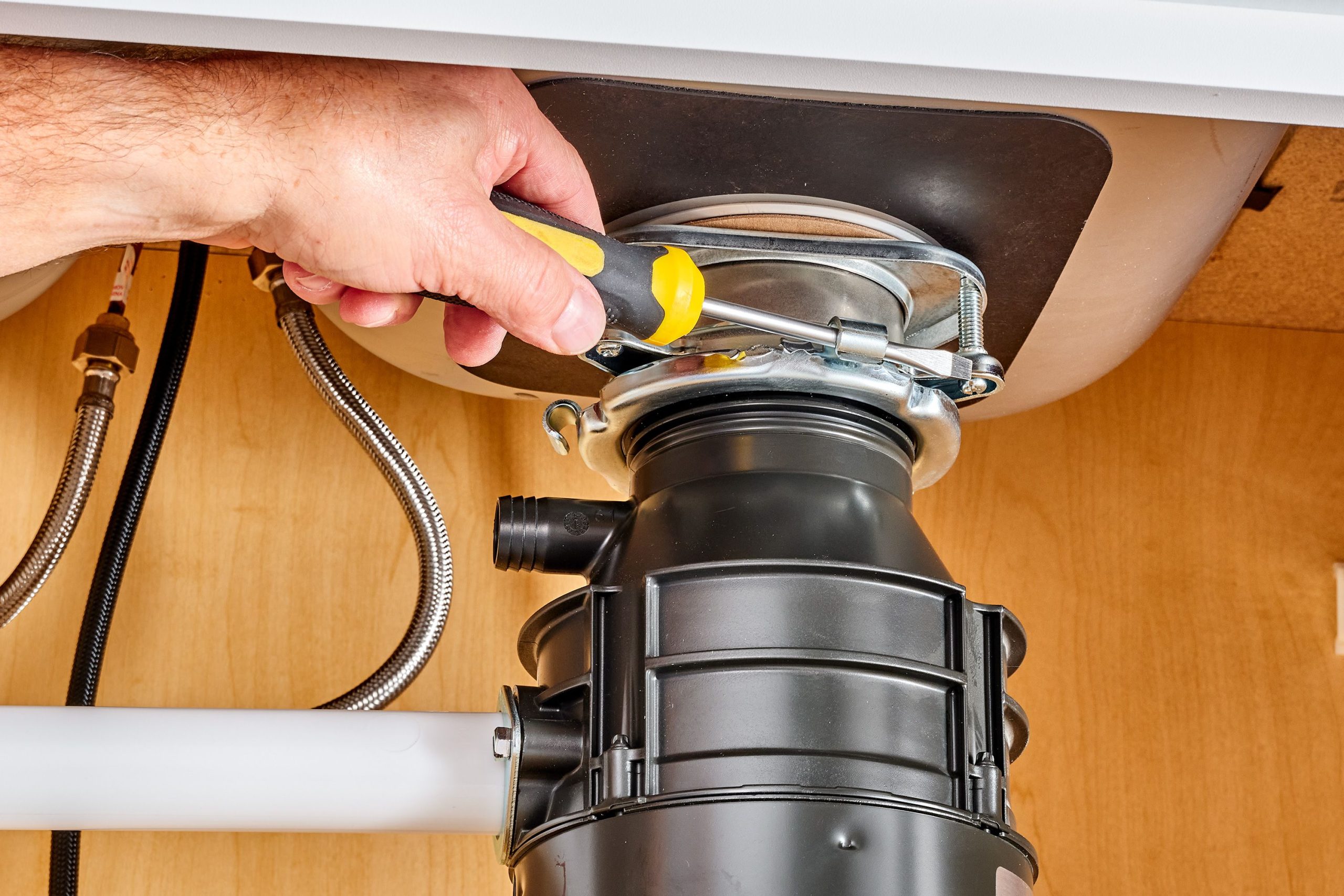Garbage Disposal Installation
In today’s modern kitchens, a garbage disposal unit is more than just a convenience—it’s an essential tool for reducing food waste and maintaining cleanliness. Installing a garbage disposal can streamline kitchen cleanup and contribute to a more sustainable lifestyle. If you’re considering upgrading your kitchen with a new garbage disposal, check this link right here now for everything you need to know about the installation process to get check this link right here now.
Introduction
Importance of Garbage Disposal in Modern Kitchens
Garbage disposals have become indispensable fixtures in modern kitchens, offering a convenient solution for disposing of food scraps and reducing household waste. With the ability to grind up and flush away organic matter, garbage disposals help keep kitchen sinks clean and odor-free, while also minimizing the need for manual scraping and rinsing.
Choosing the Right Garbage Disposal
Considerations for Selecting the Appropriate Size and Power
When choosing a garbage disposal, it’s essential to consider factors such as size and power to ensure optimal performance. Assessing your household’s needs and usage patterns can help determine the appropriate disposal capacity and motor strength to handle your kitchen’s demands efficiently.
Understanding Different Types of Garbage Disposals
Garbage disposals come in two main types: continuous feed and batch feed. Continuous feed disposals allow you to add food waste while the unit is running, providing convenience for everyday use. Batch feed disposals, on the other hand, require loading food waste into the unit before activating the disposal, offering added safety and peace of mind.
Evaluating Additional Features and Technologies
In addition to basic functionality, modern garbage disposals offer a range of features and technologies to enhance performance and user experience. Look for disposals with noise reduction capabilities, overload protection mechanisms, and anti-jamming features to ensure smooth and efficient operation.
Preparing for Installation
Gathering Necessary Tools and Materials
Before beginning the installation process, gather all the tools and materials you’ll need for the job. This may include a wrench, screwdriver, plumber’s putty, electrical tape, and any other supplies recommended by the manufacturer.
Shutting Off Power and Water Supply
For safety reasons, it’s crucial to shut off the power and water supply to the kitchen area before installing a garbage disposal. This helps prevent accidents and ensures a safe working environment during the installation process.
Removing Existing Plumbing Fixtures (If Applicable)
If you’re replacing an old garbage disposal unit, start by disconnecting the existing plumbing fixtures and removing the old unit from beneath the sink. Clearing space and preparing the area for the new installation will make the process smoother and more efficient.
Step-by-Step Installation Guide
Mounting the Disposal Unit
Begin by mounting the disposal unit to the underside of the sink using the provided mounting assembly. Follow the manufacturer’s instructions carefully to ensure proper alignment and secure attachment to the sink.
Connecting Plumbing and Electrical Components
Next, connect the disposal unit to the existing plumbing and electrical components. This may involve attaching the discharge pipe, dishwasher hose, and electrical wires according to the manufacturer’s specifications.
Testing and Troubleshooting
Once the installation is complete, run water and test the disposal unit to ensure proper operation. Check for leaks and unusual noises, and troubleshoot any issues that may arise during the testing process.
Tips for Maintenance and Care
Avoiding Common Disposal Issues
To prevent clogs and damage to the disposal unit, avoid disposing of hard items, fibrous materials, and grease down the drain. Use cold water while running the disposal to help flush away food scraps and keep the blades clean.
Cleaning and Deodorizing the Disposal Unit
Regular cleaning and deodorizing can help keep your garbage disposal fresh and odor-free. Use ice cubes, baking soda, and citrus peels to clean and deodorize the unit, and avoid using harsh chemicals that may damage the disposal.
Scheduling Regular Maintenance Checks
Schedule periodic maintenance checks to inspect seals, blades, and connections for signs of wear and tear. Addressing minor issues early can help prevent more significant problems and extend the lifespan of your garbage disposal.
Conclusion
In conclusion, installing a garbage disposal can significantly enhance the convenience and functionality of your kitchen while reducing food waste and promoting sustainability. By following the steps outlined in this guide and considering Carlson Plumbing Company for professional installation services, you can ensure a seamless and efficient installation process and enjoy the benefits of a reliable garbage disposal for years to come.




Post Comment